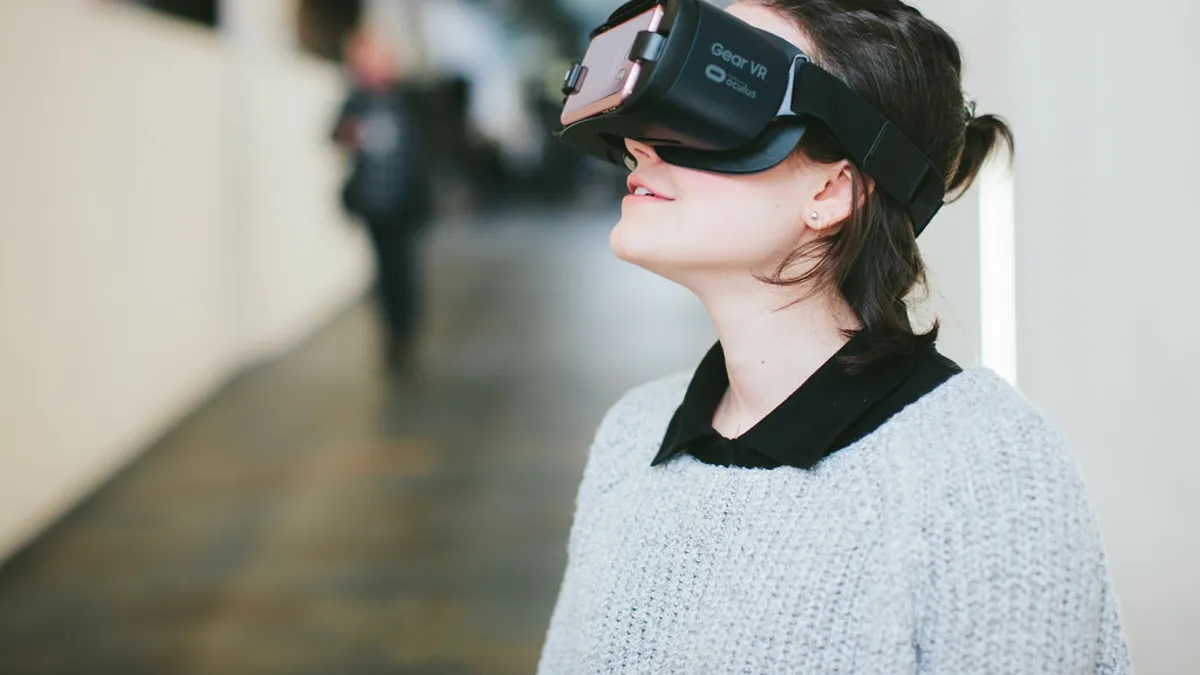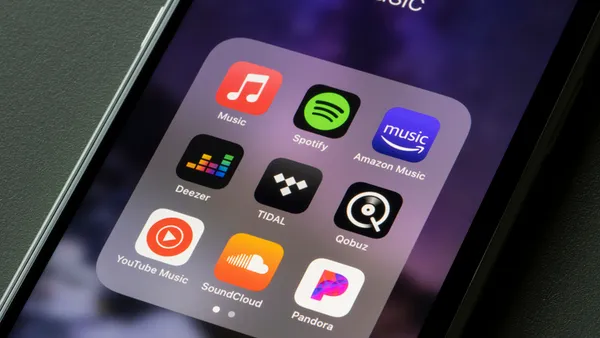Brief:
- Global shipments of augmented reality (AR) and virtual reality (VR) headsets will decline during the first half of the year as the COVID-19 outbreak disrupts supply chains, per a forecast by International Data Corp. (IDC). The researcher estimated that shipments will fall 11% in Q1 and 24% in Q2 from a year earlier.
- Despite the drop during the first half, shipments are forecast to rebound as production ramps up by midyear. Shipments of headsets will end the year with a 24% gain to 7.1 million units from 2019, IDC estimates. The researcher predicts shipments will see a compound annual growth rate (CAGR) of 82% to reach 76.7 million units by 2024.
- While the COVID-19 illness is having a negative effect on the supply chain for AR/VR headsets, demand for the devices is growing as people work from home and need tools to collaborate with colleagues, or are seeking new forms of entertainment, IDC Research Manager Jitesh Ubrani said in the announcement.
Insight:
Shipments of AR/VR headsets can bounce back strongly this year if makers of electronics parts restore production following the massive disruptions that the COVID-19 outbreak had on supply chains in Asia, as IDC predicts. The supply chain for the devices is shared with smartphones and personal computers, and faces enormous constraints as factories either closed or operated at lower capacities in recent weeks.
Apple, for example, is working through the disruptions with production on the next group of iPhones slated to start in May in preparation for a fall rollout, Bloomberg reported. The company is planning to introduce an AR headset in 2022, The Information reported last year, as it continues to diversify its product line and lessen dependence on the iPhone as the biggest source of revenue.
While COVID-19 has disrupted supply chains for AR/VR headsets, the outbreak also has led many companies to require employees to work from home. That greater dependence on telecommuting is likely to support longer-term demand for devices that can provide more immersive experiences while also limiting physical contact. IDC also sees more enterprise applications for VR in employee training, and for AR to provide quick access to information.
Among the different kinds of AR and VR headsets, several products stand out as big drivers of growth, per the IDC. Standalone AR headset shipments will surge 245% this year with the launch of products such as Microsoft's Hololens 2, and updated products from Epson and Vuzix. IDC forecasts that shipments of the devices will increase from about 400,000 this year to 24 million by 2024.
Tethered AR headsets — whose processing power relies on another device like a smartphone — will grow by 400% this year from a smaller base, IDC forecast. The researcher said headsets powered by Qualcomm-based smartphones are likely to reach retailers by the holiday season unless COVID-19 delays production. Device shipments will jump from about 250,000 this year to 17 million by 2024, per IDC.
Makers of VR headsets already ship millions of units a year, making their growth trajectory less pronounced than for AR headsets, as IDC estimates. Standalone VR headsets will increase 30% to 3.1 million this year, and are on track to reach 25 million by 2024. Gaming is the most popular consumer application for standalone VR headsets, while businesses use the devices for training and collaboration. Shipments of tethered VR headsets fell last year, but will bounce back to 2.9 million by the end of this year, IDC forecast.












